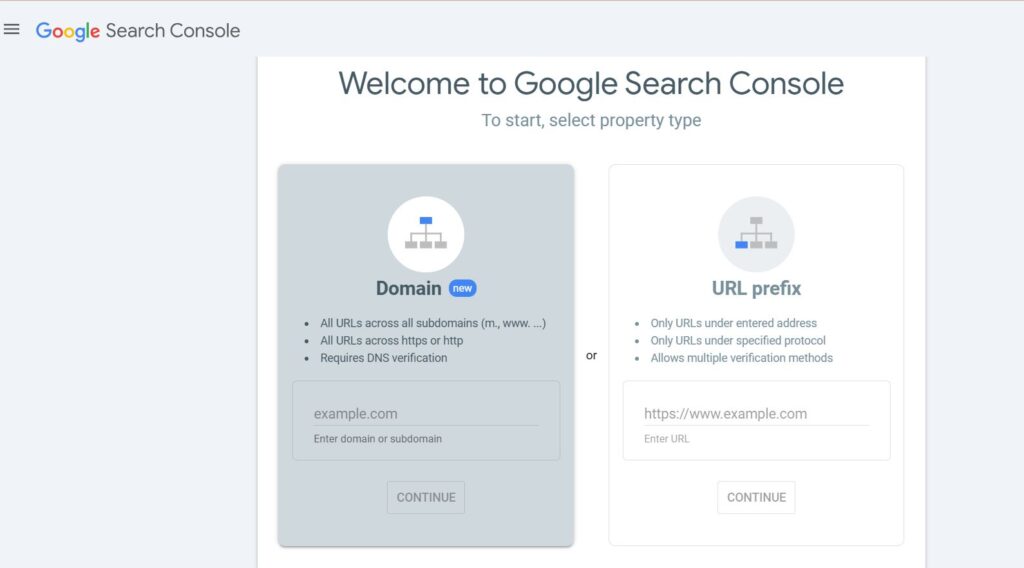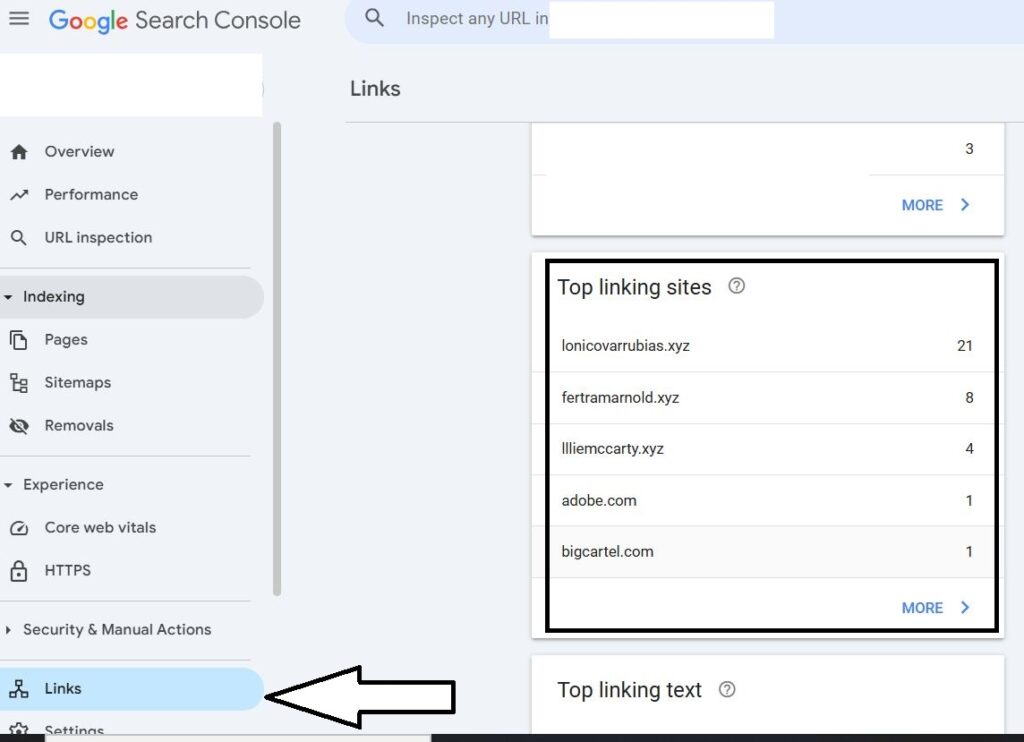How to Check Backlinks in Google Search Console
Backlinks are a crucial part of any successful SEO strategy. They help boost your website’s credibility,
improve your rankings, and increase your visibility on search engine result pages (SERPs). But how do you identify which backlinks are working for you? That’s where Google Search Console (GSC) comes in.
This guide will walk you through the step-by-step process of checking backlinks in Google Search Console and explain why keeping track of your backlinks is vital for maintaining your site’s SEO health.
Understanding Backlinks and Their Importance
Before we jump into the nitty-gritty of GSC, it’s important to understand what backlinks are and why they matter. Backlinks (or inbound links) occur when other websites link to your site. They act as a vote of confidence, signaling to search engines that your content is credible and valuable.
Why Backlinks Matter:
- Boost Domain Authority: Websites with a strong backlink profile are often considered more authoritative by search engines.
- Drive Traffic: People clicking on links to your site from external sources directly increase your traffic.
- Improve Rankings: High-quality backlinks from reputable sources significantly improve rankings on SERPs.
While backlinks offer significant benefits, low-quality links from spammy websites can harm your site’s reputation and ranking. This is where Google Search Console becomes your best ally.
Setting Up Google Search Console (If You Haven’t Already)
If you’re new to GSC, you’ll need to set up your website on the platform. Follow these quick steps:
- Sign Up or Log Into GSC
Head to Google Search Console and log in using your Google account.
- Add Your Website
Click the “Add Property” button and enter your website’s URL. You’ll be asked to verify ownership of your site.
- Verify Ownership
Choose a verification method (e.g., HTML file upload, DNS record update, or Google Analytics). Once verified, your website data will appear in your GSC dashboard.
How to Check Your Backlinks in Google Search Console
Once your setup is complete, you’re ready to check your backlinks. Follow these steps:
Step 1 Access the Links Report
Log in to Google Search Console, and from the home dashboard, select your website. On the left-hand menu, click on the Links section.
Step 2 Understand the Links Report
The Links report provides essential data about your backlinks and includes the following sections:
- Top Linked Pages (Externally)
This shows the pages on your site that receive the most backlinks.
- Top Linking Sites
A list of websites linking to your site the most.
- Top Linking Text
The phrases or anchor text used in links pointing to your site.
Step 3 Analyze External Links
Click on “External Links” to view a detailed breakdown:
- Identify which web pages on your site get the most external links.
- Explore linking domains by clicking More under each page.
- Monitor if the quality of your referring sites matches your SEO goals.
Step 4 Review Internal Links
The Internal Links section shows how well you’re internally linking your own content, which also plays a key role in SEO. Pay attention to whether your most critical pages are well-linked internally.
Step 5 Download Backlink Data
For a more in-depth analysis:
- Click on the “Export External Links” button.
- Download a CSV file for offline review in tools like Excel or Google Sheets.
Analyzing the data offline allows you to filter, categorize, and prioritize action on linking domains.
Evaluating Backlink Quality
Not all backlinks are created equal. Here are the key factors to assess the quality of your backlinks:
- Source Authority
Links from high Domain Authority (DA) or Domain Rating (DR) sites carry more weight.
- Relevance
Links from websites within the same niche or industry are more valuable.
- Anchor Text
Optimized, descriptive anchor text performs better than generic terms like “click here.”
- Do-follow vs No-follow
Do-follow backlinks pass link equity, while no-follow links do not. Both have a purpose, but Do-follow links are generally better for SEO.
- Placement
Links embedded in the main content of a page are seen as more credible than those in headers, footers, or sidebars.
Acting on Your Backlink Data
Now that you have a clear picture of your backlink profile, it’s time to act. Here’s how you can use this data:
1. Disavow Harmful Links
Low-quality or spammy backlinks can hurt your rankings. Use GSC’s Disavow Tool to inform Google to ignore these links. Proceed carefully to avoid disavowing legitimate links.
2. Strengthen Relationships with High-Quality Referrers
Are there websites consistently sending valuable traffic? Build stronger relationships by engaging with their content or collaborating for mutual benefit.
3. Optimize Anchor Text
If anchor text pointing to your website is overly vague, ask referrers to optimize it for relevance and accuracy.
4. Identify Growth Opportunities
Spot patterns in referring websites or anchor text that could indicate overlooked content opportunities. For example, if blog posts are gaining traction, double down on that content type.
Additional Tools for Backlink Analysis
While Google Search Console is excellent for foundational backlink analysis, you can supplement its insights with tools like:
- Ahrefs
Provides in-depth backlink data, including competitor analysis.
- SEMrush
Offers advanced metrics and visuals.
- Moz Link Explorer
Focuses on Domain Authority and spam analysis.
Why Regular Backlink Monitoring Matters
Backlinks are dynamic; they can appear or disappear over time. Regular monitoring helps you:
- Ensure your site maintains a healthy backlink profile.
- Address negative SEO attacks, such as spam.
- Measure the success of ongoing link-building efforts.
Make it a habit to review your GSC Links report monthly.
Key Takeaways for Checking Backlinks
- Google Search Console is a simple yet powerful tool for analyzing and managing your backlink profile.
- Use GSC to identify high-quality links, eliminate harmful ones, and optimize strategies for link building.
- Regular backlink management is key to safeguarding your domain’s credibility and improving rankings.
Don’t underestimate the power of a well-maintained backlink profile. It can be the difference between lingering on page two and landing in the coveted top spot on Google.



